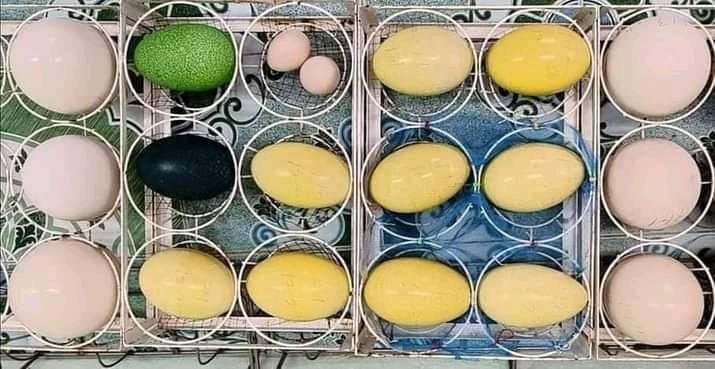Welcome to Mitty Farms
(We are Approachable and ready to help).
(27)83 560 5986 whatsapp
Browse Categories
About us
MITTY FARMS
Our quality breeding birds ,are all kept in their own separate pens to insure we can supply pullets of high purebred standards.
All our breeders are from our own top quality purebred foundation breeding stock, and all include GST in the price per bird .
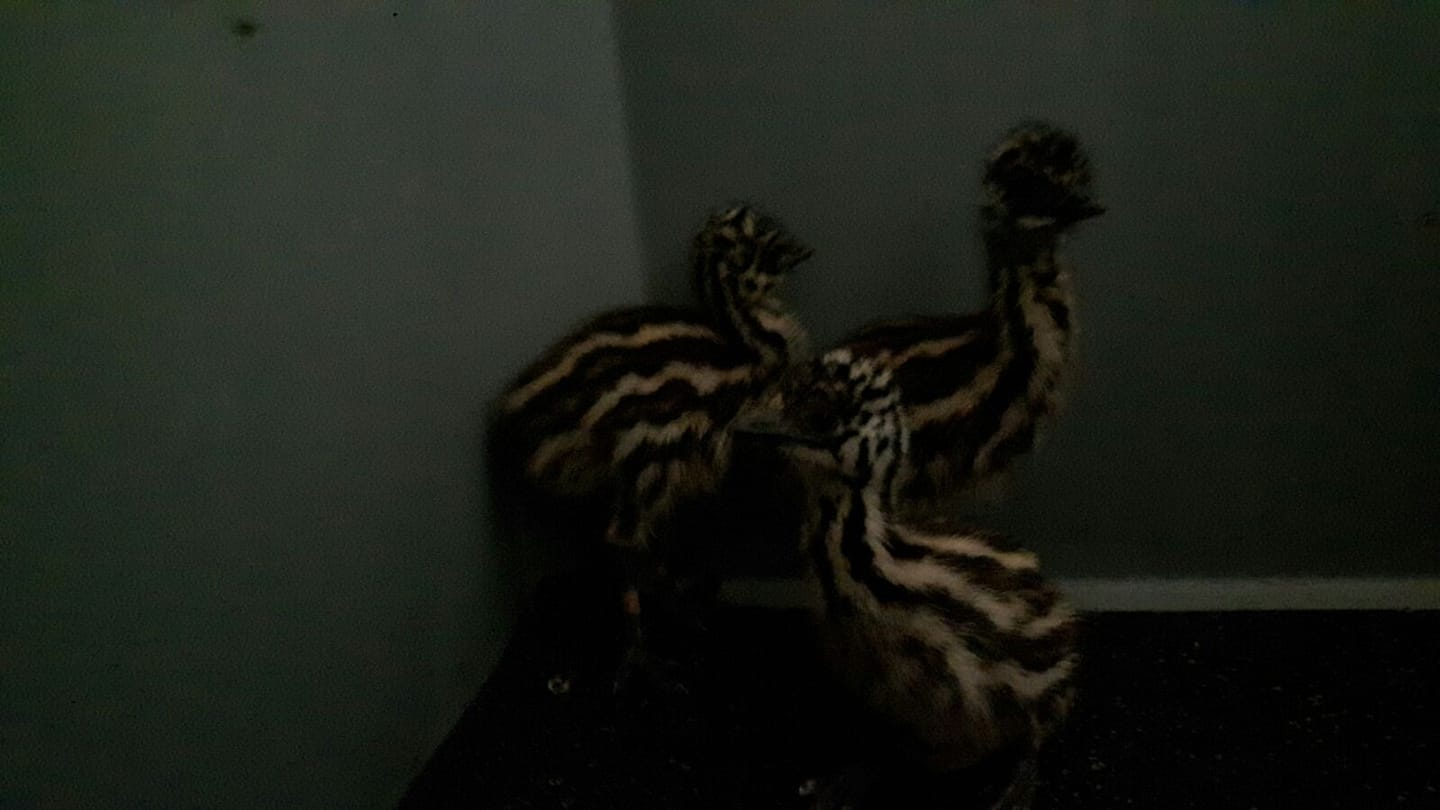 When collecting your new birds - please remember to bring suitable carriers to transport your new birds home in - cat cages are ideal or a dog crate or good strong cardboard boxes with a closing top will suffice and we can cut suitable ventilation holes in any boxes when you arrive. Please do not bring plastic boxes - they are not suitable as birds get overheated.
When collecting your new birds - please remember to bring suitable carriers to transport your new birds home in - cat cages are ideal or a dog crate or good strong cardboard boxes with a closing top will suffice and we can cut suitable ventilation holes in any boxes when you arrive. Please do not bring plastic boxes - they are not suitable as birds get overheated.
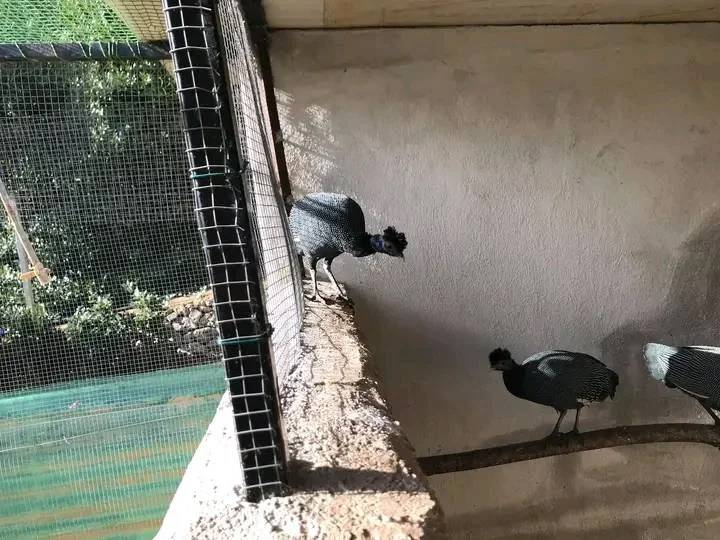
Contact: (27)83 560 5986
31 Kitchner Rd Graaff-Reinet, 6280, EC , SA
Email: mittyfarms@gmail.com
www.mittyfarms.com

Jungle Fowls
Prices subject to change without prior noticed.
Red jungle fowl_________$120/pair
Fertile eggs ____________$80/dozen
Grey jungle fowl________$350pair
Fertile eggs ___________$150 dozen
Green jungle fowl________$500pair
Fertile eggs ____________$180 /dozen
Ceylon jungle fowl________$750pair
Fertile eggs ____________$250/ dozen
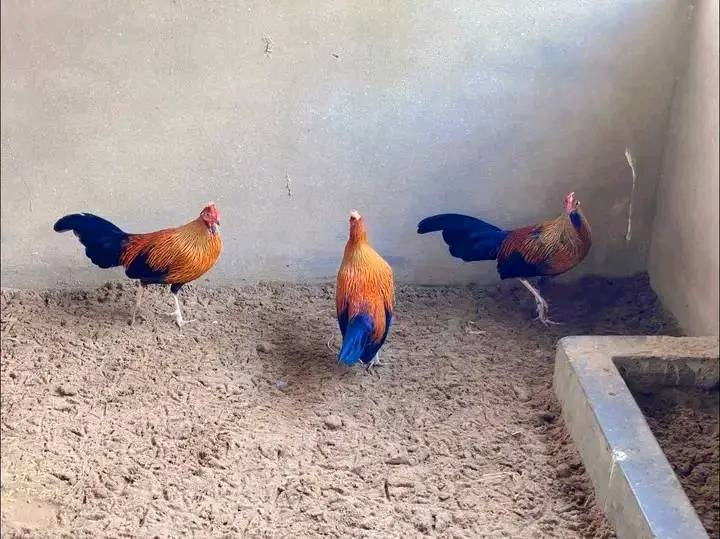 Junglefowl are the only four living species of bird from the genus Gallus in the bird order Galliformes, and occur in parts of South and Southeast Asia.
Junglefowl are the only four living species of bird from the genus Gallus in the bird order Galliformes, and occur in parts of South and Southeast Asia.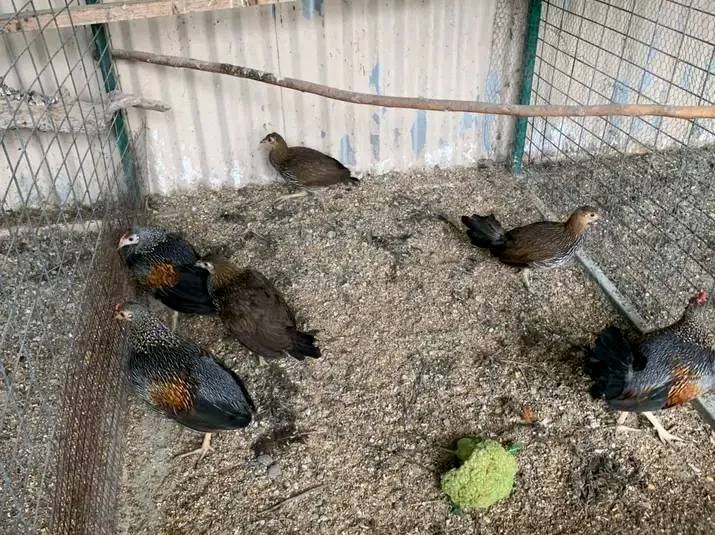 Scientific name: Gallus
Scientific name: GallusClass: Aves
Family: Phasianidae
Genus: Ga
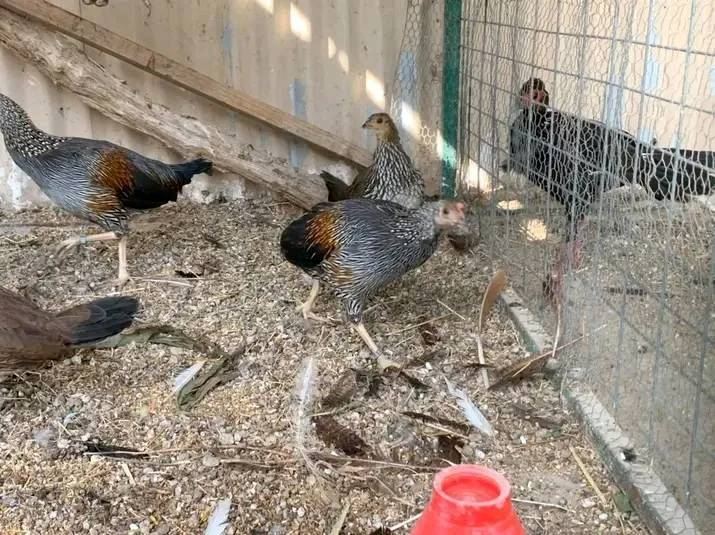
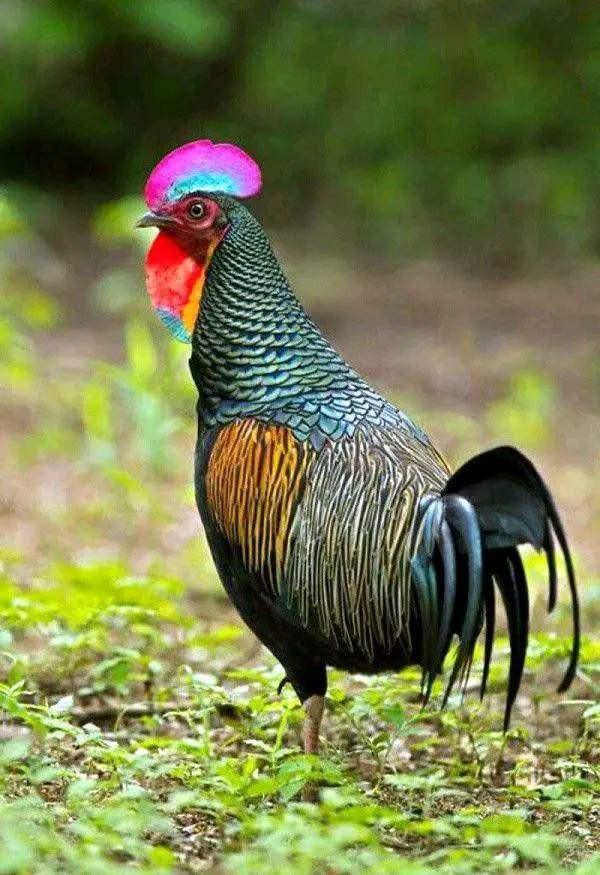
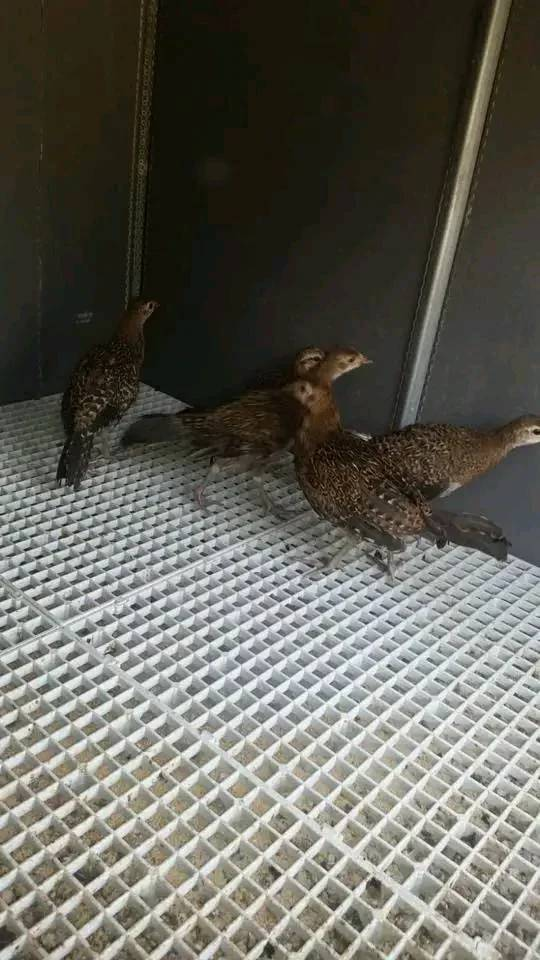 Contact: (27) 83 560 5986 Whatsapp
Contact: (27) 83 560 5986 WhatsappEmail: mittyfarms@gmail.com
31 Kitchner Rd Graaff-Reinet, 6280, EC , SA
www.mittyfarms.com

Exotic Guinea Fowl
Birds are priced per pair unless otherwise stated
Prices subject to change without prior noticed.
Vulturine guinea fowl _____$600pair
Crested guinea fowl ____$615pair
Fertile eggs ________$200 /dozen
__________________________________________________________
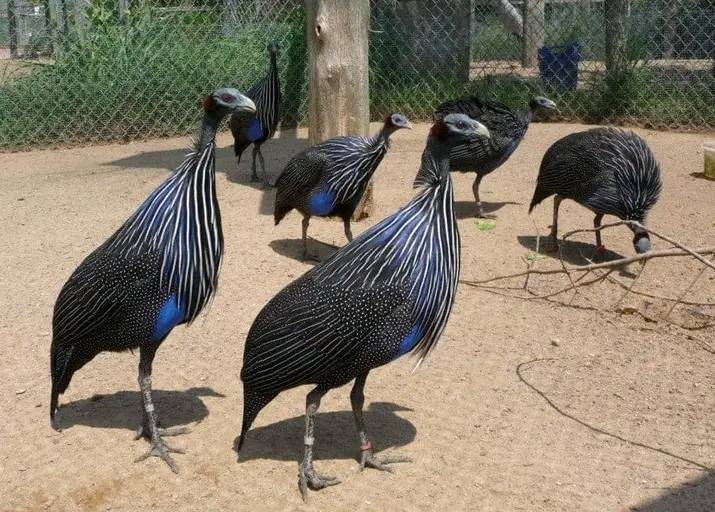 I maintain a flock of guineafowl for several reasons. They produce great eggs and alert me when I have visitors as quickly as any watchdog, but most importantly, they spend the day foraging for ticks. Here in the tropics, I have a lot of ticks, and if you live in an area with Lyme disease, Rocky Mountain Spotted Fever, or other tick diseases,guinea might be the best animal you have ever owned.
I maintain a flock of guineafowl for several reasons. They produce great eggs and alert me when I have visitors as quickly as any watchdog, but most importantly, they spend the day foraging for ticks. Here in the tropics, I have a lot of ticks, and if you live in an area with Lyme disease, Rocky Mountain Spotted Fever, or other tick diseases,guinea might be the best animal you have ever owned.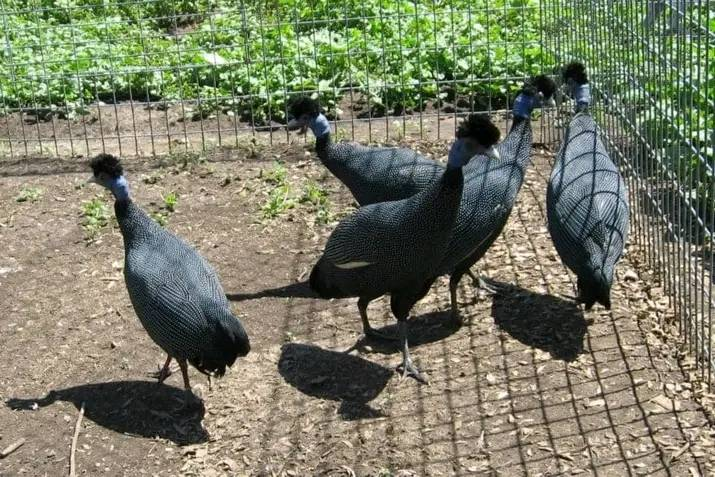 Guinea fowls are well adapted to heat and sunlight, and they can do very well even without a lot of extra care. You will need to search for the best feed sources for your new guineas, adapt heating sources since the requirements are so different, and maybe even look into alternative incubation sources, but it is all worth it.
Guinea fowls are well adapted to heat and sunlight, and they can do very well even without a lot of extra care. You will need to search for the best feed sources for your new guineas, adapt heating sources since the requirements are so different, and maybe even look into alternative incubation sources, but it is all worth it.The birds are friendly and make excellent watchdogs. If kept alone, they like to sit with their human keeper, but in flocks, they will usually prefer their own types, like many animals. The birds spend their days eating ticks and other insects around the property, and during their foraging, they will eat enough to produce eggs and pay for any upkeep.
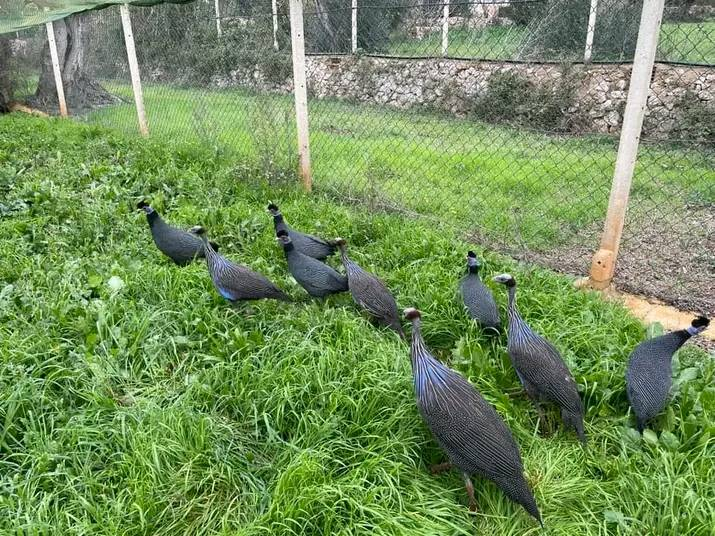 Housing Your New Keets
Housing Your New KeetsRaising keets (hatchling guineas) is not as easy as raising chicks. Like with any new animal, it is important to prepare the housing before arrival. Get several birds (at least 6 but 10 is even better), and make sure they have room to grow for the next few weeks. In the tropics, you will not need to buy a heat lamp for them, but if they are to be raised without their mother, they might get chilled at night and need some source of supplemental heat.
A simple incandescent light bulb will provide enough warmth in the evenings. If you do not have reliable electricity or do not want to put a lamp in the outdoor cage, the alternative is to bring your keets in at night and keep them in a small cage.
I cannot guarantee the birds will not be chilled since some tropical regions can get cold at night. If you have a broody hen, you can put the keets with her, but she might end up stepping on and harming the keets.
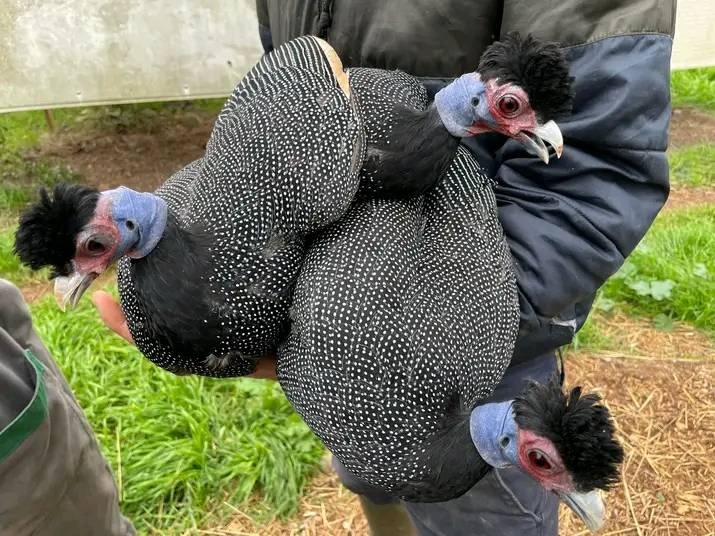 Bedding for Your New Keets
Bedding for Your New KeetsWire cage bottoms are easy to clean and will keep predators away from your keets, but they will cause you a lot of problems and may end up killing your new keets when they get their feet trapped. Your new guineafowl should also not be kept on sawdust because the keets will peck constantly and sometimes mistake the wood chips for food. Their small stomachs will soon fill up with wood, and they will die of hunger.
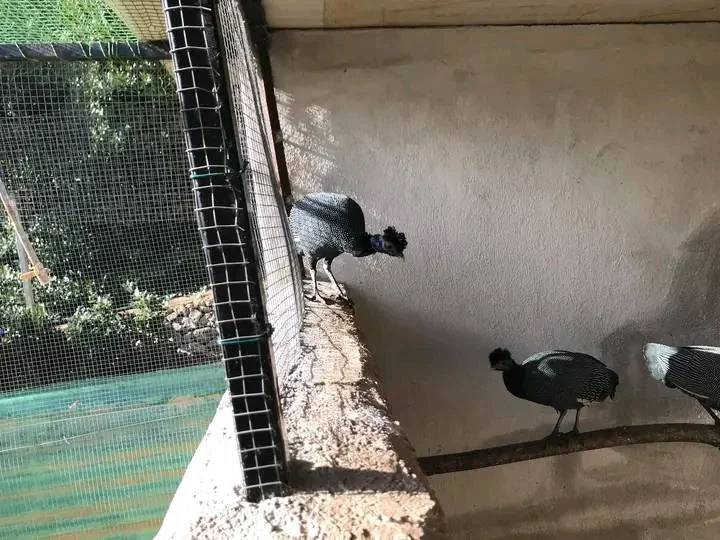 Do not use newspaper, though, as it is too slick. Some guinea farmers recommend paper towels, and they are fine if available where you live.
Do not use newspaper, though, as it is too slick. Some guinea farmers recommend paper towels, and they are fine if available where you live.The best bedding I have found is cardboard. Normal cardboard is too slick, and the keets can slip and dislocate their legs; rip the cardboard in half so that the corrugated portion is visible. Put the slick side down and leave the corrugated portion on top.
In a few weeks, when the keets are larger, you can let them run on dirt. If you have a wire bottom cage, set it directly on the ground.
 Feeding and Watering Keets
Feeding and Watering KeetsIf you have turkey starter ration available where you are living, purchase that product and start your keets outright. Keets should not be fed chicken grower ration, but sometimes that is the only thing available. Chicken starter ration is only about 22% protein, most of that coming from soy protein. If that is the only feed available, you should supplement feed with a higher protein ration. I purchase a fish ration, which is 40% protein, most of that from fish viscera.
It may not sound tasty, but the keets like to find the little fish granules in their starter ration and will eat them with gusto. I usually add a few handfuls of fish granules for every 125 grams of chicken starter ration that I give at each feeding. (The chicken and turkey starter rations will already contain a coccidiostat. This medicine will help prevent coccidiosis and loose stools that will cause your keets to become dehydrated and die.)
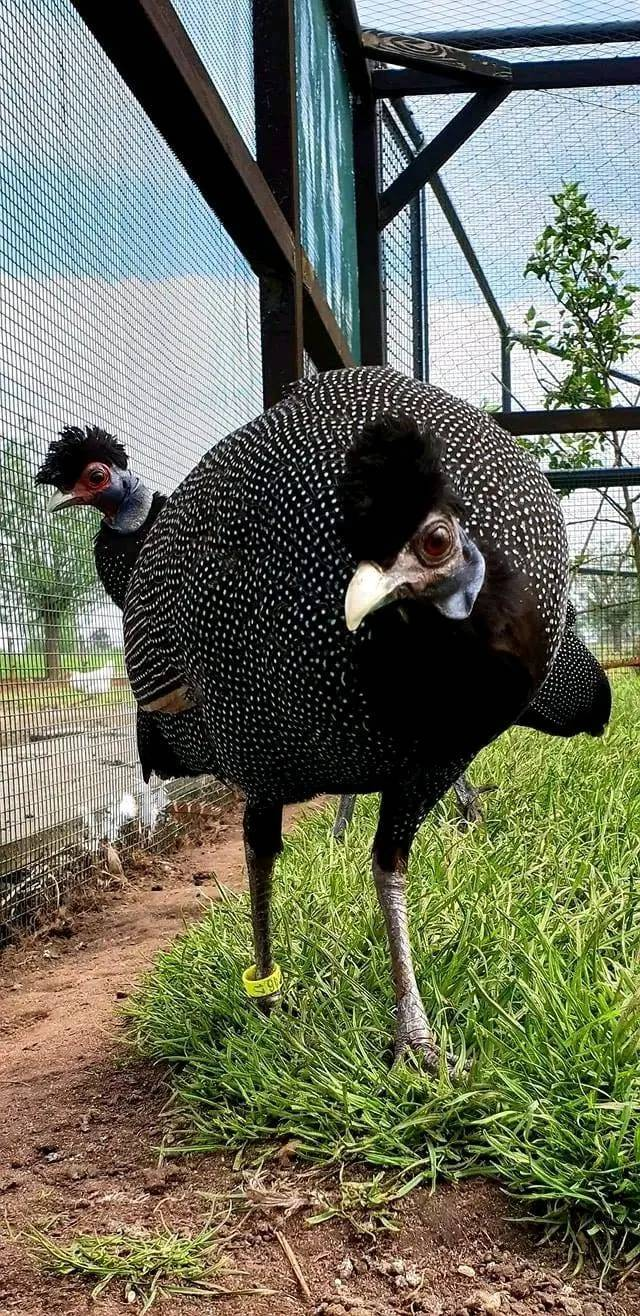 Also, make sure you provide water for them throughout the day. Keets might drown if given a large water source, so I started out by providing drinking water in a shallow “jelly jar” lid. As the keets grow, you can provide a regular chicken watering pan.
Also, make sure you provide water for them throughout the day. Keets might drown if given a large water source, so I started out by providing drinking water in a shallow “jelly jar” lid. As the keets grow, you can provide a regular chicken watering pan.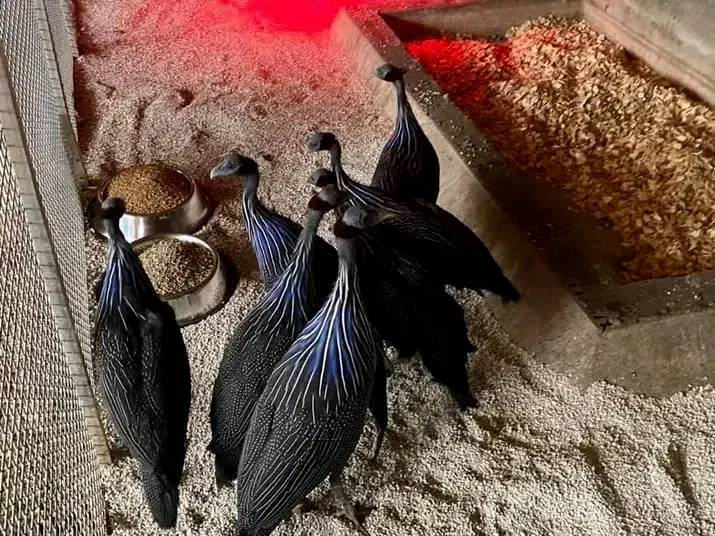 Adult Housing and Daily Care
Adult Housing and Daily CareSome producers choose to leave their birds out in the evening. Unlike chickens, guineas will find a roost high in a tree and rarely suffer from predator attacks. (If you have owls in your region, they can get your guineas that are roosting in trees, so just to be safe, you should train your birds to sleep inside.)
Contact: (27) 83 560 5986 whatsapp
Email: mittyfarms@gmail.com
31 Kitchner Rd Graaff-Reinet, 6280, EC , SA
www.mittyfarms.com

Ocellated Turkey
Breading Male_____$1200 each
Breeding Female ______$1500 each
Poults(5months+)______$450 each
Fertile eggs__________$200/dozen
__________________________________________________________
Class: Aves
Order: Galliformes
Family: Meleagrididae
Scientific Name: Meleagris ocellata
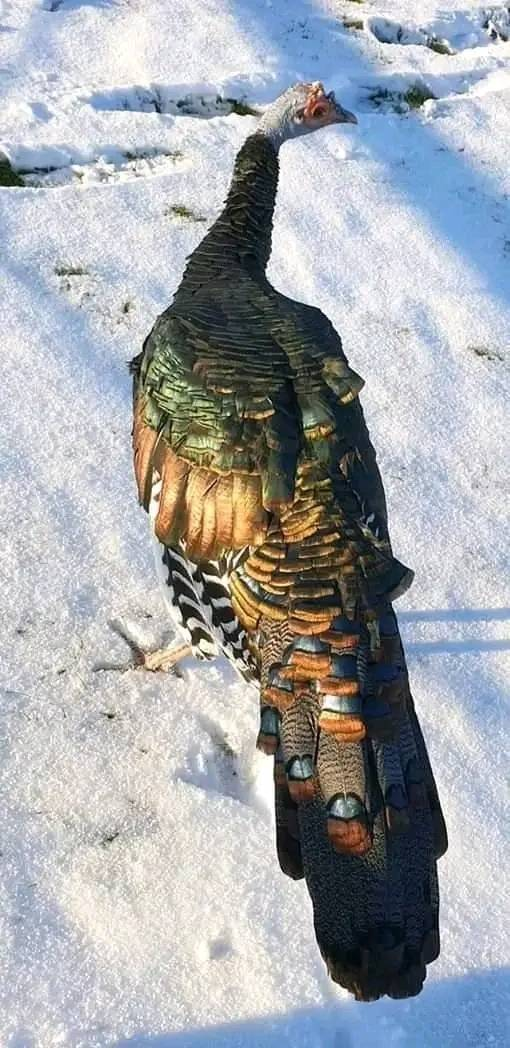 BEHABIOUR:
BEHABIOUR:The Ocellated Turkey is an omnivore and ground feeder, with a diet that includes fruit, insects and grass seeds. The birds are shy, but can be noisy, with males and females having different and distinctive calls. The male call includes a gobble reminiscent of the domestic turkey, while females give a repeated clucking alarm call.
The females lay large clutches of eggs in a shallow scrape during a short breeding season running from March to April. As many as 15 eggs have been reported, but the usual average number is more like 12.
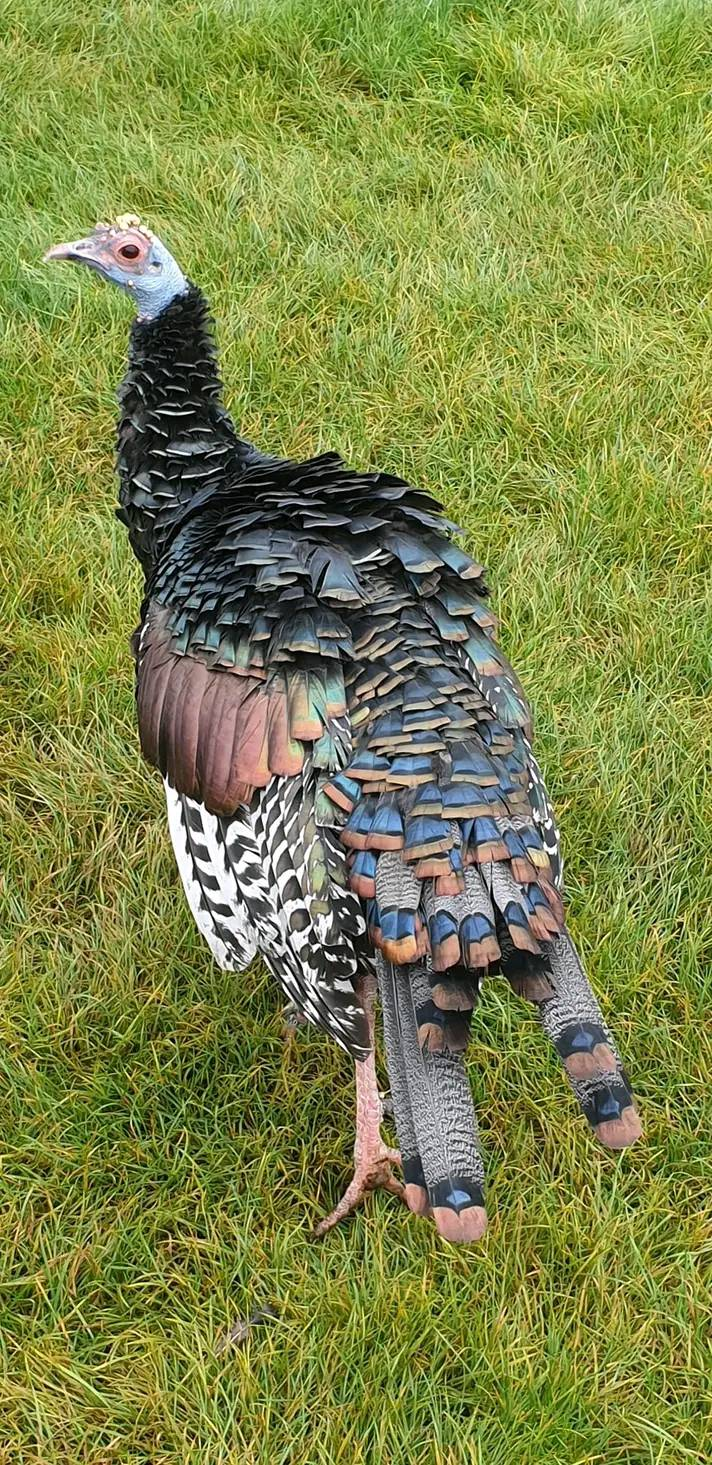 Habitat
HabitatThe Ocellated Turkey is found in Southern Mexico, Northern Guatemala and Belize, preferring to live among the edge of forest. During the breeding season it also uses more open habitat and seasonally flooded areas.
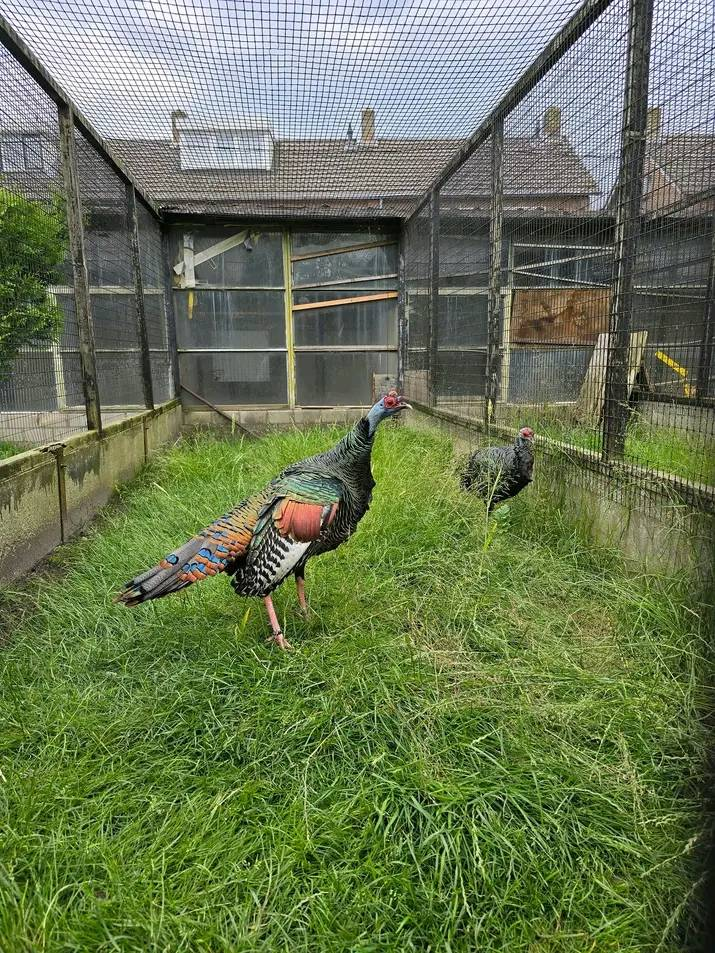
Contact: (27) 83 560 5986 whatsapp
Email: mittyfarms@gmail.com
31 Kitchner Rd Graaff-Reinet, 6280, EC , SA
www.mittyfarms.com

Emu
Breeding pairs are from different genetics to ensure you receive the healthiest chicks and highest hatch rates.
Eggs are ship PUDO locally and UPS international while chicks are locally pickup or arrange for delivery or ship 4weeks+ age through Delta pet transport service ONLY.(we talk about that further)
(HATCHING EGGS AVAILABLE NOW)
Chicks will be available from the first batch of incubation.
All chicks sold are sexed before placed as available. we don't sell unsexed Emu chicks.
We rarely ship emu chicks (How ever transport can be arrange if not visible for pick up.
We ship eggs locally and international UPS.
Available Chicks/ - PRICE LIST
Chicks(standard) -sexed (2-3weeks) ___$250 each
Hatching egg________$25 each
Chicks(blonde) -sexed (2-3weeks) ___$350 each
Hatching egg________$45 each
Chicks(white) -sexed (2-3weeks) ___$650 each
Hatching egg________$60 each
Height: 4.9 to 6.2 feet (1.5 to 1.9 meters)
Weight: 66 to 150 pounds (30 to 68 kilograms)
Life span: 10 to 20 years in the wild, up to 35 years in zoos
Incubation: about 8 weeks
Number of eggs laid: 5 to 15 eggs per clutch, up to three clutches per season
Age of maturity: 2 to 3 years
Conservation status: lower risk
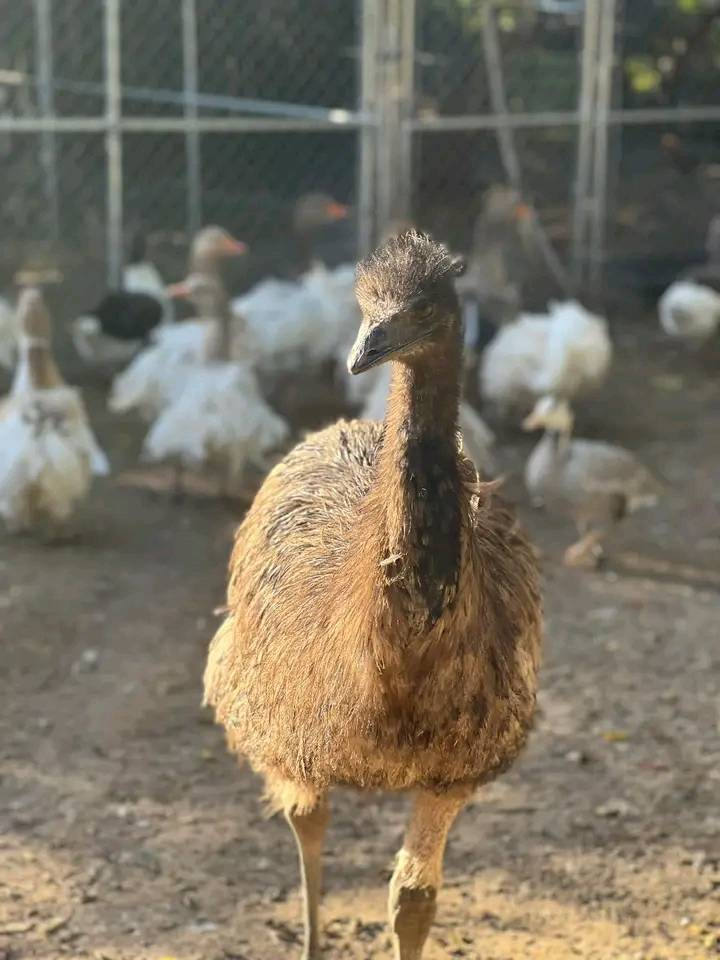 The Emu is a flightless bird that belongs to the Ratite family. It is the largest bird native to Australia, while also enjoying an increase in numbers throughout Europe due to a growing interest in the emu farming industry. With a stride that can reach over 2 metres and a sprint speed of up to 31 mph, the emu can easily travel great distances, which it often does in the wild when searching for food. It may sound surprising but emus love water, and are able swimmers.
The Emu is a flightless bird that belongs to the Ratite family. It is the largest bird native to Australia, while also enjoying an increase in numbers throughout Europe due to a growing interest in the emu farming industry. With a stride that can reach over 2 metres and a sprint speed of up to 31 mph, the emu can easily travel great distances, which it often does in the wild when searching for food. It may sound surprising but emus love water, and are able swimmers.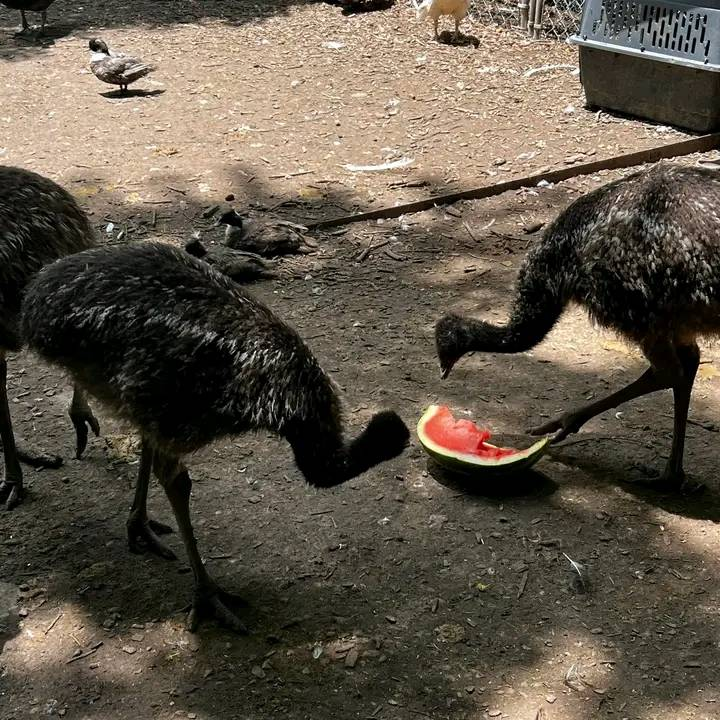 Although our birds don't have the luxury of a pool they do love sitting under a sprinkler in the summer! Emus are very curious birds, something we are all too familiar with, and will follow and watch over other animals and people. Emus get sleep through short stints whilst sitting down. The emu has strong clawed feet and extremely strong legs which it utilises when it feels threatened. They also have incredible eyesight and hearing, which makes them very alert to their surroundings. The emu has two sets of eye lids, one for blinking, and one for keeping out dust.
Although our birds don't have the luxury of a pool they do love sitting under a sprinkler in the summer! Emus are very curious birds, something we are all too familiar with, and will follow and watch over other animals and people. Emus get sleep through short stints whilst sitting down. The emu has strong clawed feet and extremely strong legs which it utilises when it feels threatened. They also have incredible eyesight and hearing, which makes them very alert to their surroundings. The emu has two sets of eye lids, one for blinking, and one for keeping out dust.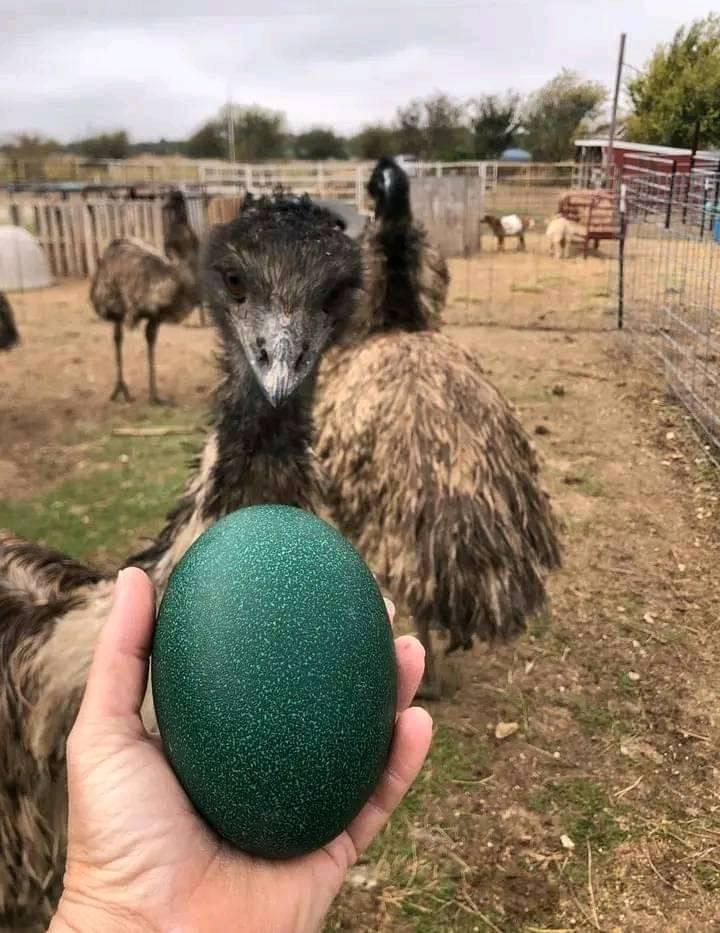
The emu is a soft feathered bird. Their feather structure prevents heat from flowing into the skin, allowing the emu to stay active during the hottest seasons. It is difficult to visually differentiate between a male and female bird, however the sounds they make are noticeably different. The male is also more friendly, with the female being more nervous. Emus can be sexed through DNA testing on the feathers, which is the technique we use in order to be certain of their sex. Emus are susceptible to many of the usual bird infections, which you will be familiar with if you keep other poultry. Infections can be transmitted by other birds, or even people. With sensible routines and good hygiene, the emu will stay healthy.
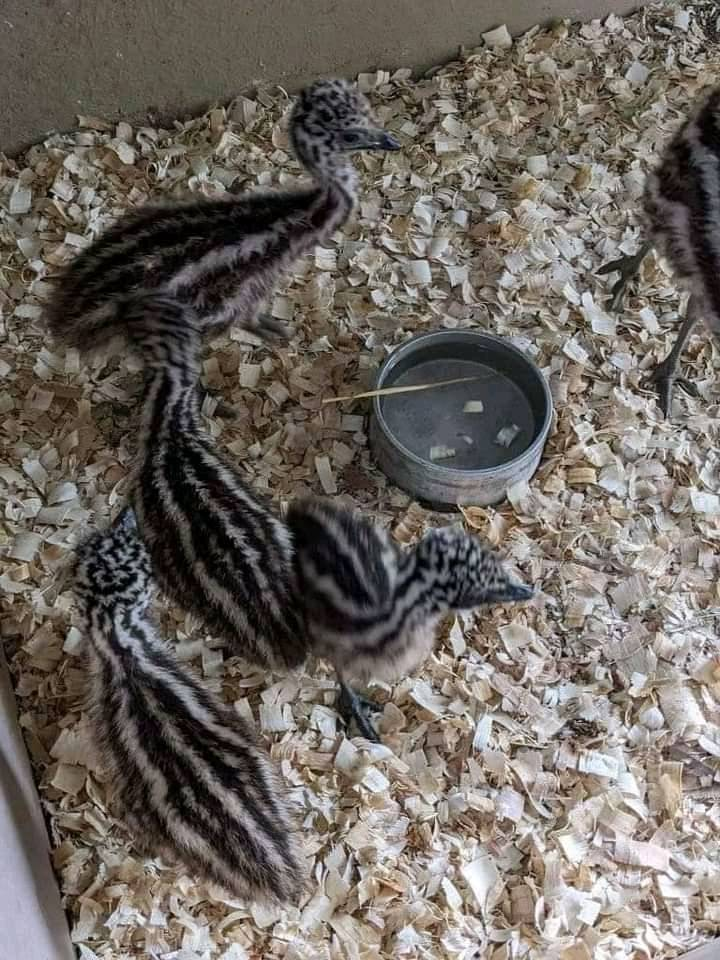
Contact: (27) 83 560 5986 whatsapp
Email: mittyfarms@gmail.com
31 Kitchner Rd Graaff-Reinet, 6280, EC , SA
www.mittyfarms.com

Rhea
Breeding pairs are from different genetics to ensure you receive the healthiest chicks and highest hatch rates.
Eggs are ship USPS locally and FedEx, UPS or DHL international while chicks are locally pickup or arrange for delivery. (we talk about that further)
(HATCHING EGGS AVAILABLE NOW)
Chicks will be available from the first batch of incubation.
All chicks sold are sexed before placed as available. we don't sell unsexed Rhea chicks.
We rarely ship Rhea chicks (How ever transport can be arrange if not visible for pick up.
We ship eggs locally and international (,UPS and DHL)
Available Chicks/ - PRICE LIST
Chicks -sexed (2-3weeks) ___$120 each
Hatching egg________$35 each
.
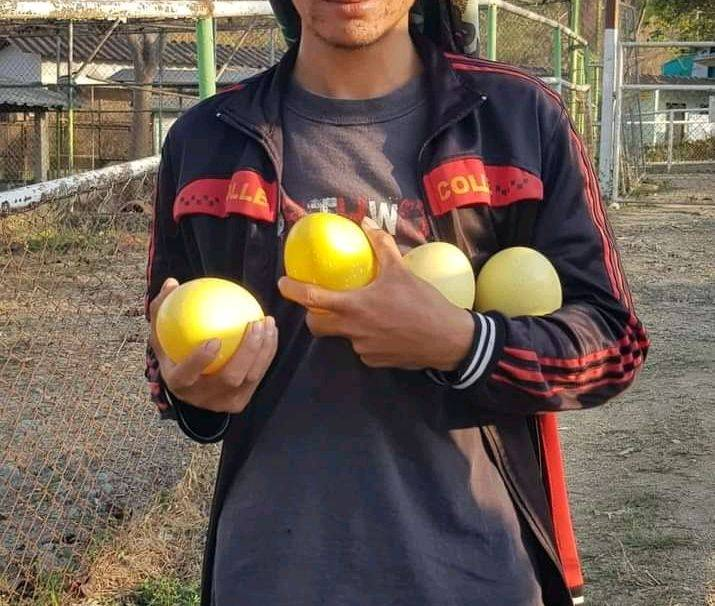 Rheas are large, flightless birds native to South America, resembling a smaller ostrich, and are known in different regions as ñandus, ema, suri, or choique. Two main species are recognized: the greater (Rhea americana) and the lesser or Darwin's rhea (Rhea pennata), with the IUCN additionally listing the puna rhea as a separate species. They are characterized by gray-brown plumage, long legs, and an ability to run swiftly with wings outstretched acting as sails; they also uniquely store urine separately in their cloacas.
Rheas are large, flightless birds native to South America, resembling a smaller ostrich, and are known in different regions as ñandus, ema, suri, or choique. Two main species are recognized: the greater (Rhea americana) and the lesser or Darwin's rhea (Rhea pennata), with the IUCN additionally listing the puna rhea as a separate species. They are characterized by gray-brown plumage, long legs, and an ability to run swiftly with wings outstretched acting as sails; they also uniquely store urine separately in their cloacas.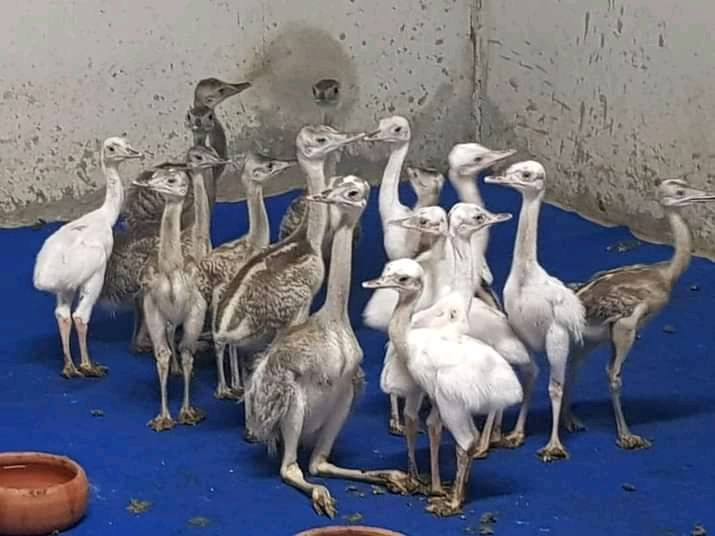 These birds are found across a variety of South American habitats, from grasslands to shrubland, with the greater rhea preferring regions up to 1,500 meters, and the lesser rhea higher altitudes up to 4,500 meters. Rheas have a diet mainly consisting of plants but also include insects, small reptiles, and rodents. Breeding involves a polygamous system where males incubate and protect eggs laid by multiple females.
These birds are found across a variety of South American habitats, from grasslands to shrubland, with the greater rhea preferring regions up to 1,500 meters, and the lesser rhea higher altitudes up to 4,500 meters. Rheas have a diet mainly consisting of plants but also include insects, small reptiles, and rodents. Breeding involves a polygamous system where males incubate and protect eggs laid by multiple females. The greater and puna rheas are considered near-threatened, whereas the Darwin's rhea is of least concern. Additionally, feral populations have arisen in Germany and the UK after escapes from captivity. Rheas have cultural and practical significance in South America, being used for their feathers, skin, and meat, and historically were hunted by gauchos with bolas. Their images have also been featured on currency in Argentina and Uruguay.
The greater and puna rheas are considered near-threatened, whereas the Darwin's rhea is of least concern. Additionally, feral populations have arisen in Germany and the UK after escapes from captivity. Rheas have cultural and practical significance in South America, being used for their feathers, skin, and meat, and historically were hunted by gauchos with bolas. Their images have also been featured on currency in Argentina and Uruguay.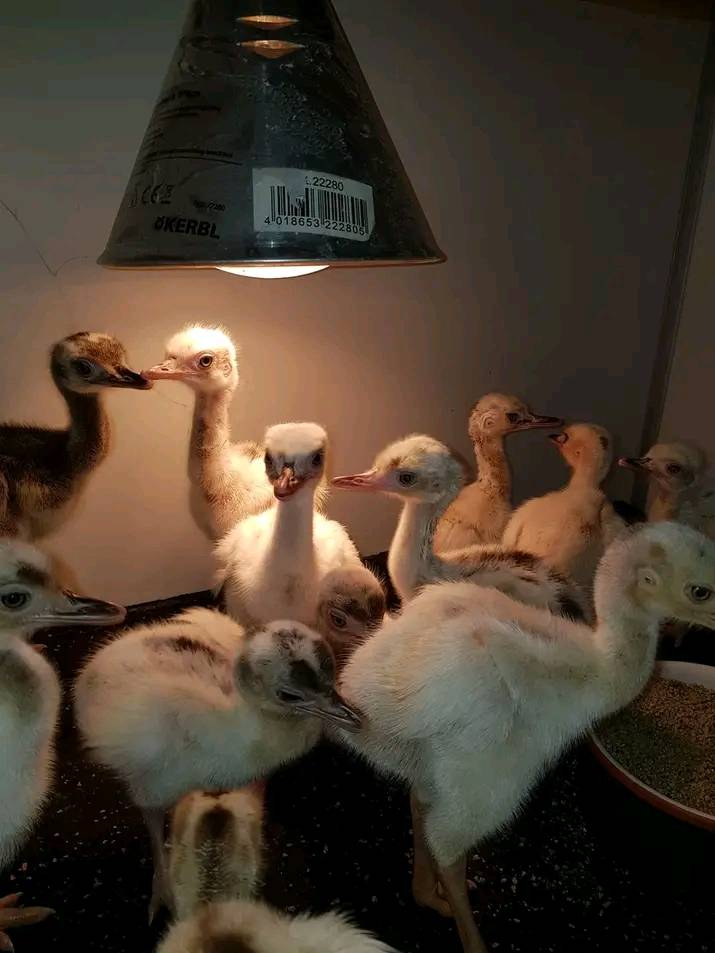
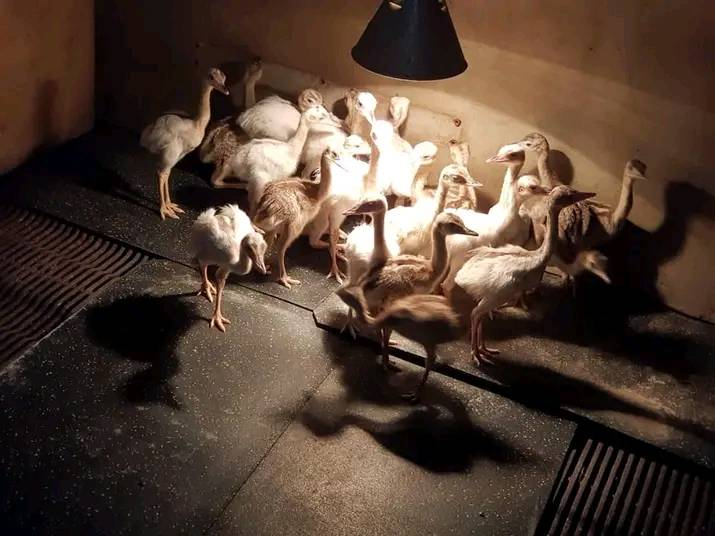
Contact: (27) 83 560 5986 Whatsapp
Email: mittyfarms@gmail.com
Address: 31 Kitchner Rd Graaff-Reinet, 6280, EC , SA
www.mittyfarms.com

Ostriches
Breeding pairs are from different genetics to ensure you receive the healthiest chicks and highest hatch rates.
Eggs are ship PUDO locally and UPS international while chicks are locally pickup or arrange for delivery. (we talk about that further)
(HATCHING EGGS AVAILABLE NOW)
Chicks will be available from the first batch of incubation.
All chicks sold are sexed before placed as available. we don't sell unsexed Ostrich chicks.
We rarely ship chicks (How ever transport can be arrange if not visible for pick up.
We ship eggs locally and international UPS.
Available Chicks/ - PRICE LIST
Chicks -sexed (2-3weeks) ___$170 each
Hatching egg________$35 each
Ostriches cannot fly, but don't feel too sorry for them. The ostrich is the fastest bipedal runner in the world, capable of reaching speeds up to 45 miles per hour--about twice what the fastest human can achieve. What's more, an ostrich can maintain this speed for up to half an hour.
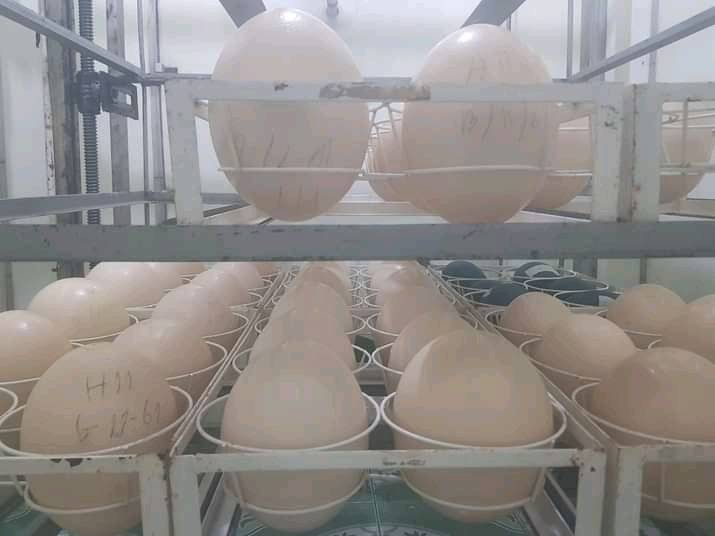
- Ostriches are the largest birds in the world, standing up to 9 feet (2.8 meters) tall and weighing as much as 320 pounds (145 kg).
- They are flightless but can run at speeds up to 45 mph (72 km/h), using their powerful legs to escape predators.
- Ostriches lay the largest eggs of any living land animal, with each egg weighing about 3 pounds (1.4 kg).
To dispel the ancient libel, ostriches do not bury their heads when faced with danger--a species that did so would hardly be able to survive for more than 120 million years. They do, however, stretch their long necks flat on the ground when they sleep; from a distance, it can look as though their heads are buried.
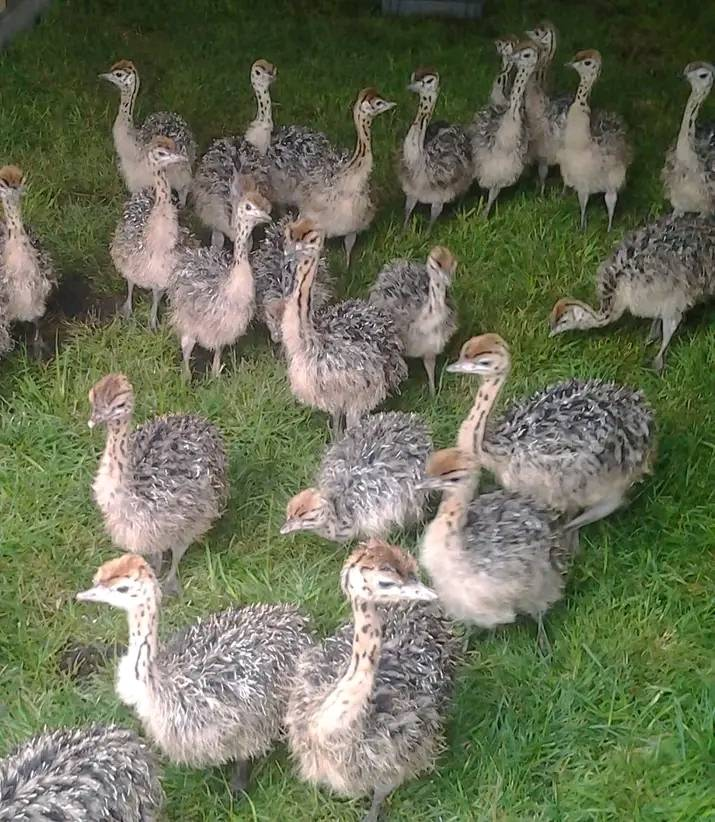 Of the three main varieties of ostriches, only the African black ostrich (Struthio camelus domesticus) is found in captivity. They are farmed for meat, leather, and feathers in at least 50 countries and just about all climatic conditions, from Alaska to equatorial Africa. Ostriches have the best feed-to-weight ratio gain of any farmed land animal in the world and produce the strongest commercially available leather.
Of the three main varieties of ostriches, only the African black ostrich (Struthio camelus domesticus) is found in captivity. They are farmed for meat, leather, and feathers in at least 50 countries and just about all climatic conditions, from Alaska to equatorial Africa. Ostriches have the best feed-to-weight ratio gain of any farmed land animal in the world and produce the strongest commercially available leather.The ostrich's eyes are about the size of billiard balls. They take up so much room in the skull that the ostrich's brain is actually smaller than either one of its eyeballs. This may be why the ostrich, despite its tremendous running speed, is not very good at eluding predators: It tends to run in circles.
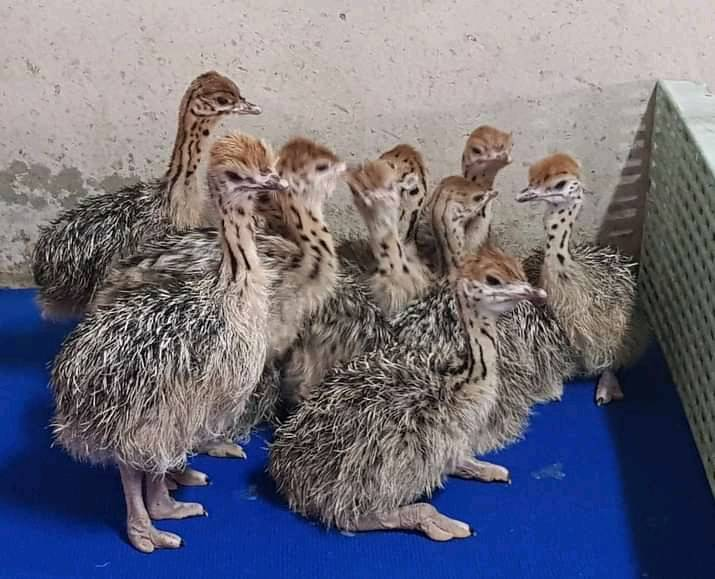 ostrich's intestines are 46 feet long--about twice as long as those of a human. This enables the bird to get the most out of the tough plants it eats. To help with digestion, it also swallows sand and small stones to break down food in its gizzard. Ostriches in captivity have been known to swallow just about anything that can fit down their gullet, including bicycle valves, alarm clocks, and even small bottle.
ostrich's intestines are 46 feet long--about twice as long as those of a human. This enables the bird to get the most out of the tough plants it eats. To help with digestion, it also swallows sand and small stones to break down food in its gizzard. Ostriches in captivity have been known to swallow just about anything that can fit down their gullet, including bicycle valves, alarm clocks, and even small bottle.The ostrich is the largest living bird in the world. An ostrich chick grows one foot taller each month until it is seven or eight months old. Adult ostrich roosters are six to ten feet in height and can weigh as much as 340 pounds. Because of their prodigious size, ostriches were occasionally used for riding or pulling chariots in ancient Egypt; the practice never really took off, because the ostrich has a nasty temper.
This great bird has only two toes; all other birds have three or four. Ostriches kick forward, not backward, because that's the direction in which their knees bend. Ostriches never need to drink water--some of it they make internally, and the rest is derived from the vegetation they eat.
Although the ostrich egg is the largest of all eggs, it is the smallest egg in relation to the size of the bird. A three-pound egg is only about 1 percent as heavy as the ostrich hen; by contrast, a kiwi's egg--the largest in comparison to the mother--is 15 to 20 percent of the mother bird's mass. An ostrich egg is equivalent in volume to two dozen chicken eggs.
Physiologus, an early Christian text compiled around the second century A.D. and a popular read in the Middle Ages, asserts that the ostrich incubates its eggs by staring at them. It was widely held at the time that vision was the effect of special "seeing" rays emanating from one's eyes; thus, the heat in the gaze of the ostrich hatched its chicks. The author of Physiologus presents this as an allegory to inspire worshippers to keep their eyes on Christ.
Contact: (27) 83 560 5986 whatsapp
Email: mittyfarms@gmail.com
Address: 31 Kitchner Rd Graaff-Reinet, 6280, EC , SA
www.mittyfarms.com

Cassowary
Breeding pairs are from different genetics to ensure you receive the healthiest chicks and highest hatch rates.
Eggs are ship pudo locally and UPS international while chicks are locally pickup or arrange for delivery. (we talk about that further)
(HATCHING EGGS AVAILABLE NOW)
Chicks will be available from the first batch of incubation.
All chicks sold are sexed before placed as available. we don't sell unsexed Cassowary chicks.
We rarely ship chicks (How ever transport can be arrange if not visible for pick up.
We ship eggs locally and international UPS.
Available Chicks/ - PRICE LIST
Chicks -sexed (2-3weeks) ___$600 each
Hatching egg________$100 each
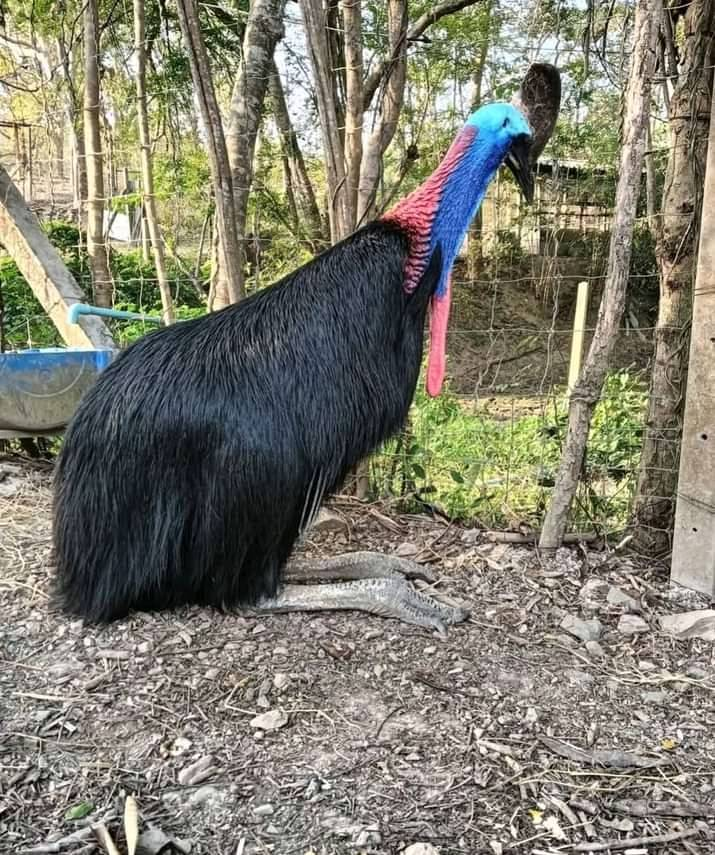 Where does the name cassowary come from?
Where does the name cassowary come from?‘Cassowary’ originates from two Papuan words: ‘kasu’ (meaning horned) and ‘wari’ (meaning head). The name refers to the cassowary’s casque, a hollow structure made of keratin (similar to that making our hair and nails), found on the bird’s head.
The southern cassowary is also known as the double-watted cassowary.
How many species of cassowary are there?
There are three extant (living) species of cassowary:
- southern, Casuarius casuarius
- northern, C. unappendiculatus
- dwarf, C. bennetti
Where are southern cassowaries found?
Compared to the other extant species of cassowary, the southern cassowary is found in the southernmost parts of the genus’ range: northeastern Australia and south Papua New Guinea and Indonesia. The habitat of southern cassowaries is dense tropical rainforest.
What do southern cassowaries look like?
Southern cassowaries are prehistoric-looking birds with deep blue heads and necks, two bright red wattles (flaps of skin), a casque, and dense, long, black feathers. Reaching up to six feet tall, southern cassowaries are the third-tallest birds on Earth, after ostriches and emus of which they are related, and the second heaviest after ostriches. Females can weigh up to 76kg and are larger than the males who can weigh up to 55kg.
What do cassowaries eat?
Cassowaries are predominantly frugivorous, feeding on fruits that have fallen to the forest floor, but will predate on small vertebrates where available. The seeds of digested fruits are passed in the cassowary’s faeces and so cassowaries play an important role in seed dispersal.
 Are cassowaries dangerous?
Are cassowaries dangerous?A typically shy and reclusive bird, cassowaries will, like most animals, become aggressive when threatened. They possess a sharp claw, up to 12cm in length, on the inner toe of each foot. When threatened, cassowaries will jump and strike with this claw, potentially resulting in lethal lacerations.
Can cassowaries fly?
Like ostriches, emus, rheas, and kiwis, cassowaries are ratites, flightless birds that possess a flat breastbone that is unable to support the muscles required for flight.
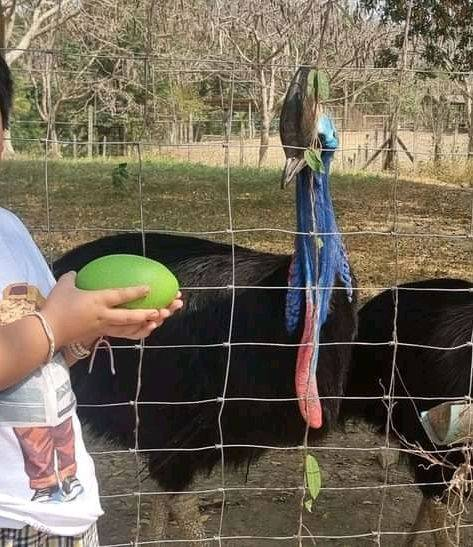 How do cassowaries communicate?
How do cassowaries communicate?Cassowaries are typically solitary animals, but during the breeding season communicate through infrasonic booms (low frequency sounds below the range of human hearing). When in close proximity, cassowaries also communicate through subtle courtship behaviours, such as strutting in a circle, head shaking, throat and neck swelling, and high stepping to attract a mate.
Why are southern cassowary eggs green?
The greenish colour of southern cassowary eggs comes from biliverdin, a common pigment found in bird eggshells. As cassowaries are ground-nesting birds, the green colour of their eggs is used for camouflage against the surrounding vegetation in tropical forests to protect the eggs from potential predators.
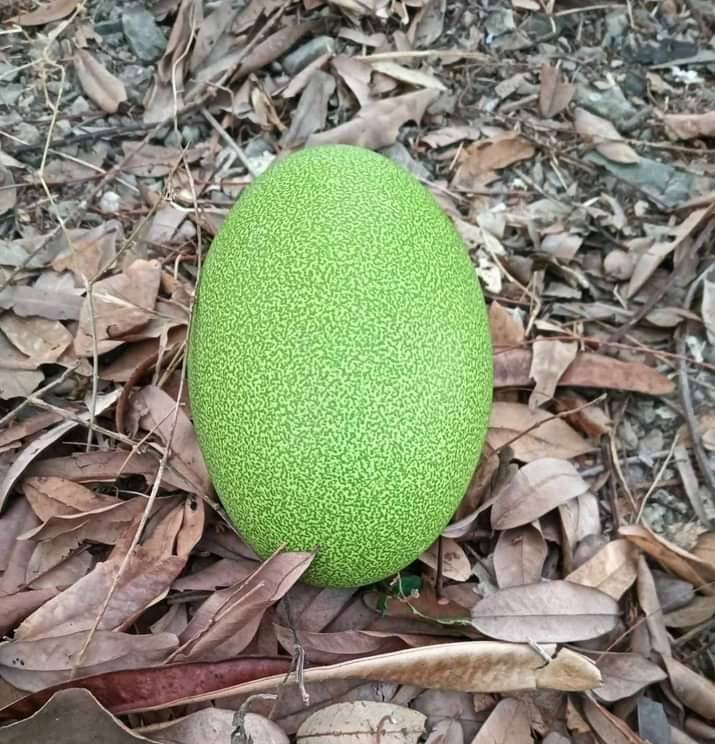
Contact: (27) 83 560 5986 Whatsapp
Email: mittyfarms@gmail.com
Address: 31 Kitchner Rd Graaff-Reinet, 6280, EC , SA
www.mittyfarms.com

Delivery
DELIVERY /PICKUP
door-door
We preferred all our BIRDS be pickup from our farm so we get to meet our buyers properly and make long term relationship, how ever if thats not feasible we can arrange delivery to your location.
We can drive up to 50miles each way for free within eastern cape province only.
We charge a fee for delivery outside eastern cape.
We don't ship live birds outside South Africa.
We do ship eggs international with UPS. contact us for further details.
All orders are fully paid before leaving our premises.
Contact: (27) 83 560 5986 Whatsapp
Email: mittyfarms@gmail.com
31 Kitchner Rd Graaff-Reinet, 6280, EC , SA
www.mittyfarms.com

Contact us
31 Kitchner Rd Graaff-Reinet, 6280, EC , SA
Reviews
Highly recommend! Great service MF, We got our male white swan a few days ago. He is in great health.
Thank you so much!
William Sinthicenturion GT I recently purchased on different occassions 24 EGG S from mitty farms. i no longer breeding many dogs due to my health .I highly recommend MF customer service, quality of birds and personal integrity
Atem LooseGermany fantastic service. Answer all my questions before receiving and after receiving my ostrich eggs.. Amazing place, definitely getting more here
Amy W.Malta Got our precious swan eggs from mitty farms
They make sure everything was hassle-free!
Chanda and Michelle are wonderful, very responsive and informative to our questions.
We are thankful and would very much recommend mf whenever you want to get any birds
SialaPort Elizabeth Received my Emu eggs. excellent and very happy ! Health check , vaccines, of parents and everything else needed was provided. They gave me all the instructions that I will need to take care for babies once hatched. Highly recommended!
MobPoland 2 ocellated turkey chicks i purchased from you guys last yr are amazingly awesome,healthy, and have been easy to leave with. Thank you mitty farms
Korins Pempejohannesburg Excellent service. They really care for your breeders and get it to you in the best conditions. I really appreciated their sharing photos and updates, before receiving the emu and rhea eggs and almost instantaneous response to any question or concern. Highly recommendable
Arnold FisherBelgium mitty farms thanks for the kind words and the photos you sent .
our mandarin ducks they look very happy with their new family
BendlyRustenbourg Our family are over the moon with the service we received! Our new family members arrived quickly, safely and clearly came from a brilliant breeder. They even slept through the first night without a kokok. Excellent service, peace of mind and care. Thank you!
OrnalengPretoria It was a safe & easy procedure to receive 12 quality white swan eggs for my breeding program. Thanks to the full team of mitty farms!
AngylUzbekistan I ordered my first pair of black swans from mitty farms on account of the good reviews they had received from satisfied customers. From the start, chanda and Mitchelle were very helpful and professional in their dealings with me, answering any questions that I had. The arrangements were seamless and they told me that I would be able to pick up at their place. Everything went like clockwork. Thanks so much! Their beautiful and a happy! And I’m a very happy customer! I would recommend mitty farms for anyone wishing to get birds
proma tienCape town